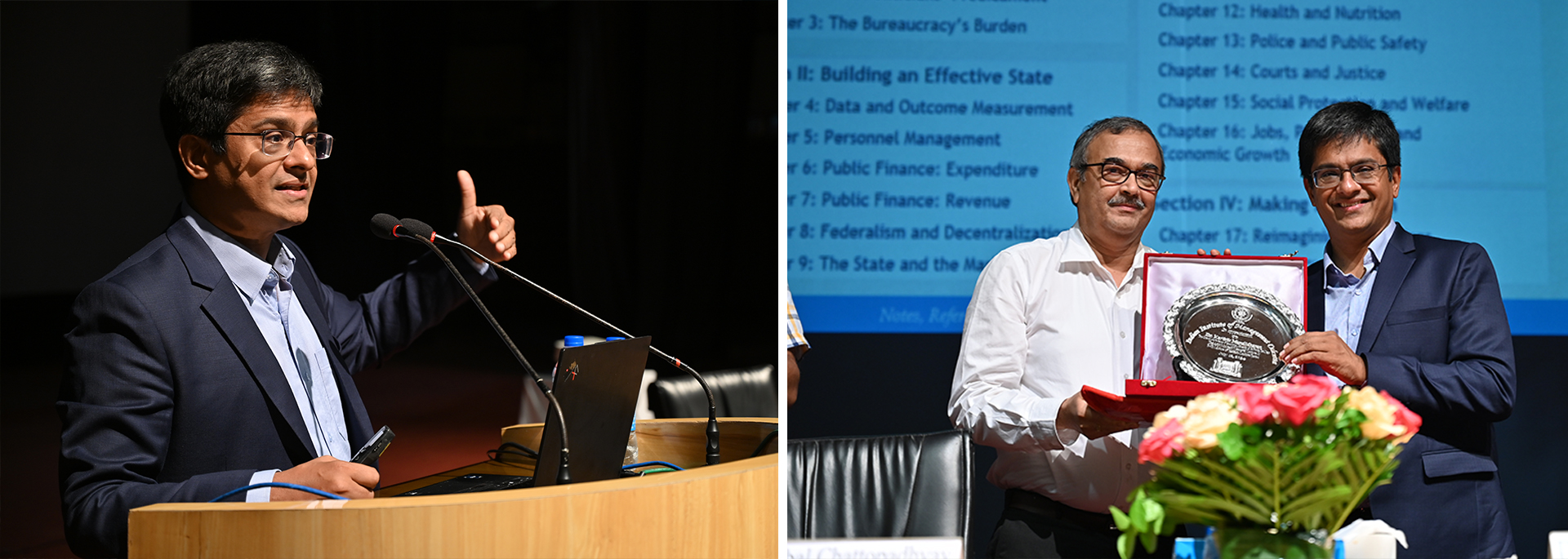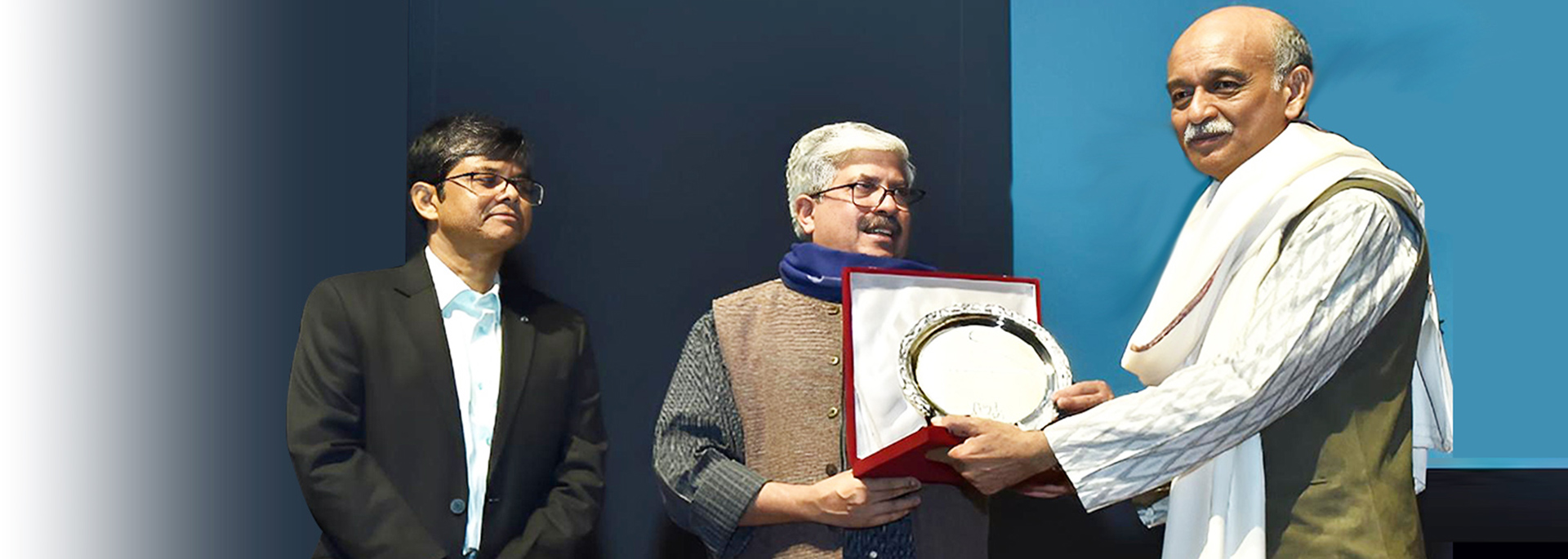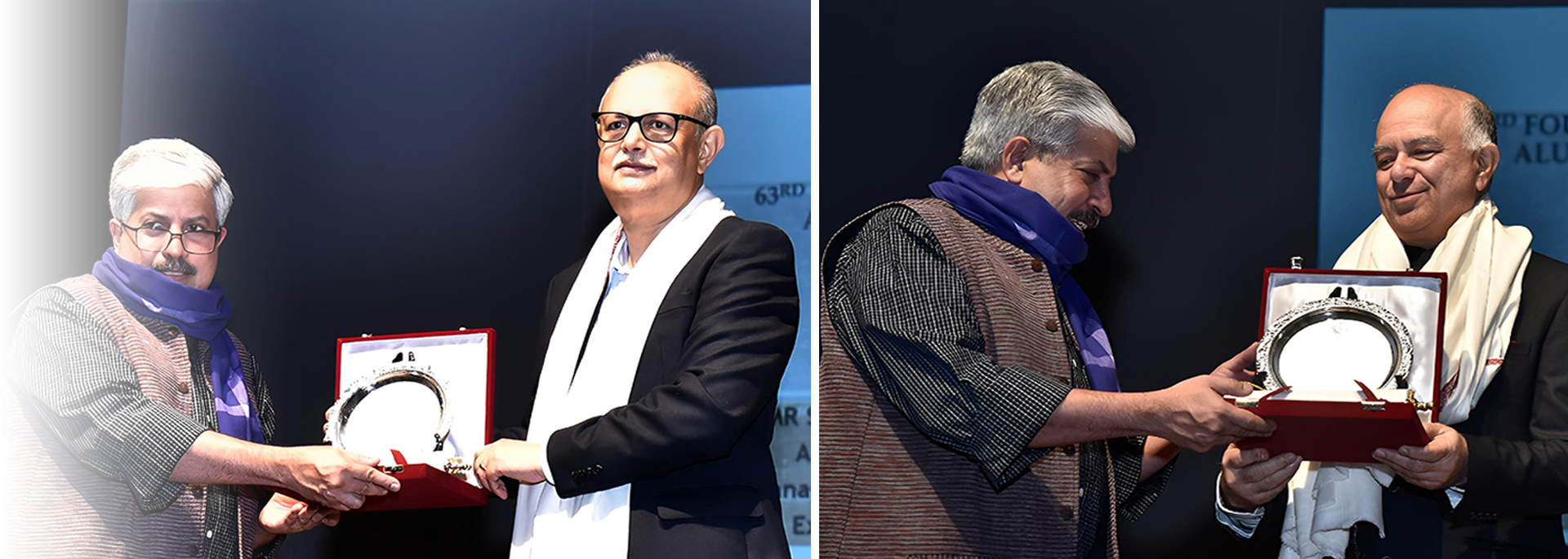Mint
As Prime Minister Narendra Modi completes 100 days in office amid mixed reactions, three executives discuss the duties and priorities of a chief executive officer (CEO) soon after taking up the post
Build a rapport with the team
Hitesh Oberoi, managing director and chief executive officer, Info Edge (India)
Firms are essentially about employees, strategy, culture and external stakeholders. A new leader taking over is a big event in the life of a firm, says Oberoi.
People like continuity (unless the situation inside the firm is dire) and they need to be certain and reassured that the firm and, more importantly, their future is secure.
“A new leader should, therefore, get to know his top people quickly and make an effort to build rapport with them,” he says. Oberoi says he believes the leader should reach out to as many people as possible and get to know first-hand the state of affairs in the firm.
A new leader should clarify his expectations from the team—the overall approach, philosophy and work ethics—and set the tone by example.
“Ongoing projects and strategies should not be dismissed as irrelevant and discontinued without delving deep into the logic for the same.” At the same time, the new leader should resist the urge to immediately transfer people from his previous organization into the new firm. If necessary, this could be done later, points out Oberoi.
It helps if a new leader can get a couple of quick wins to establish credibility and prove that he or she is capable and deserving of the opportunity. Importantly, at the end of the first 100 days, the leader should have understood the lay of the land and created a plan for at least the near future, which may include some restructuring, induction of new talent and an agenda with a set time frame to accomplish these goals.
“Once firmly in the saddle, boulder moves could follow within a year,” adds Oberoi.
Have a vision and articulate it
Vikram Utamsingh, managing director, Alvarez and Marsal
After taking over as the chief executive officer (CEO) of a company, a leader should first find out the various problems the organization is facing, especially when it is making losses or losing out to competition. “For instance, the CEO should check where is the money being used and if the money spent is creating enough value,” says Utamsingh.
It is also crucial for a leader to have a vision, both short term and long term. The vision should be built after consulting the employees and should be articulated clearly.
“A road map of how the vision will be achieved is important. Short-term wins are required for a leader to gain his employees’ confidence,” he says. If the leader is able to fulfil some short-term goals, the employees become more willing and supportive during the tenure.
A leader’s success is largely dependent on a small group of people or his core team. Hence, in his first few days in office, a CEO should build his core team, which will help him execute his plans, says Utamsingh. “A leader should be accessible and provide an open channel of communication to the employees. It will allow a CEO to check for any bottlenecks and make decisions quickly,” he adds.
Understanding the organizational structure is important. A leader must understand the structure and policies of the firm in order to check for any inefficiencies. “It is important to unwind certain structures that cause unnecessary hierarchy to lay the foundations of an organization that will be more nimble in its decision-making,” he adds.
Understand the business context
Prashant Mishra, associate professor (marketing), Indian Institute of Management, Calcutta
A newly appointed chief executive officer (CEO) should basically set five main targets for himself in the first 100 days in power. These are understanding and sizing up the context of the business, outlining a vision and communicating with the stakeholders, assessing and reorganizing the top management team, outlining the strategies to transition from vision to execution and, finally, synergizing all the efforts to build a culture aligned with new goals, according to Mishra.
“It is very important for a newly appointed leader to understand the business context and size up the business challenges, as this helps them to resolve the continuity versus change conflict,” he says.
Second, a CEO should outline his vision and communicate it to all stakeholders, says Mishra. The leader has to strike a balance between continuity and change that he or she wants to bring about. A great leader in his or her early days always engages with important stakeholders, he adds.
It is also important for a CEO to reorganize or build the management team in the first 100 days. “He should be able to get everyone on the team right, assess them and leverage their capabilities,” says Mishra.
A CEO should then outline a strategy to move from vision to execution, he adds.
Sometimes early decisions result in quick wins, which are helpful in building confidence. The idea is to target low-hanging fruits.
Lastly, synergizing all these efforts and delivering is an important target. “This must be done so that all the efforts do not just become a communication exercise,” says Mishra.



.png)




